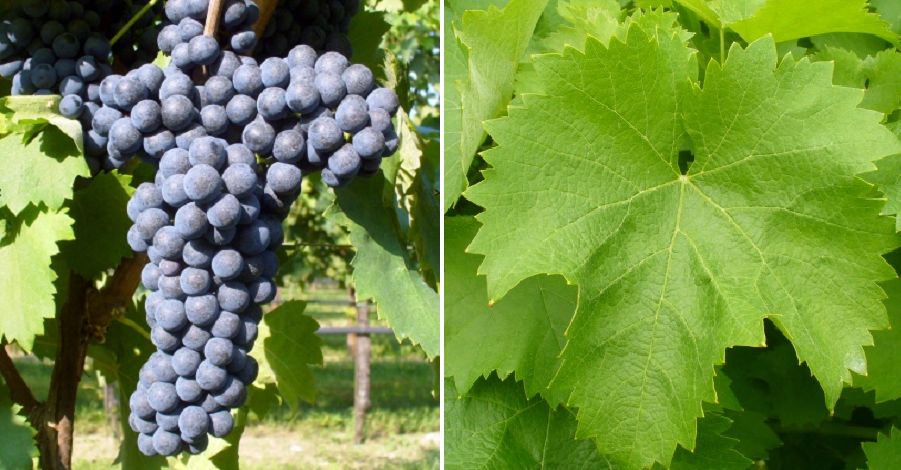The red grape variety originates from Italy. Synonyms are Sagrantino Rosso and Sagrantino di Montefalco. The origin (parentage) of the presumably very old variety is unknown. According to one hypothesis, the variety was introduced to Umbria in the Middle Ages by Byzantine monks from Greece or by Franciscans from Asia Minor. This is also suggested by the name, which is possibly derived from "sacro" (holy). According to another, unverifiable hypothesis, it is said to be a descendant of the ancient grape variety "Itriola" mentioned by Pliny the Elder (23-79). The late-ripening vine is susceptible to fungal diseases such as downy mildew. It produces dark ruby-red, tannin-rich red wines with aromas of cherries and mulberries, as well as ageing potential suitable for barrique ageing.

It is mainly grown in the Italian region of Umbria (Montefalco). In the 1960s, it was almost extinct, but was reactivated, especially by winemaker Arnaldo Caprai. This winery carried out a project with the University of Milan at the end of the 1980s in which the potential of the grape variety was to be exploited. The clone Collepiano, named after a vineyard, was identified and selected as being particularly rich in sugar and acid. Sagrantino is often used for sweet Passito, but also for dry wines as a blending partner of Sangiovese, but also purely varietal. It is permitted in the DOC wine Montefalco and as a determining variety in the DOCG wine Montefalco Sagrantino. In Italy, it occupies a total of 998 hectares of vineyards. There are other stocks in Australia (22 ha), Chile (1 ha), Spain (0.1 ha), USA (4 ha) and Hungary (1.5 ha). In 2016, a total of 1,026 hectares of vineyards were designated (Kym Anderson).
Source: Wine Grapes / J. Robinson, J. Harding, J. Vouillamoz / Penguin Books Ltd. 2012
Images: M.I.P.A.F - National Vine Certification Service
Voices of our members

The wein.plus encyclopaedia is a comprehensive, well-researched reference work. Available anytime and anywhere, it has become an indispensable part of teaching, used by students and myself alike. Highly recommended!
Dominik Trick
Technischer Lehrer, staatl. geprüfter Sommelier, Hotelfachschule Heidelberg